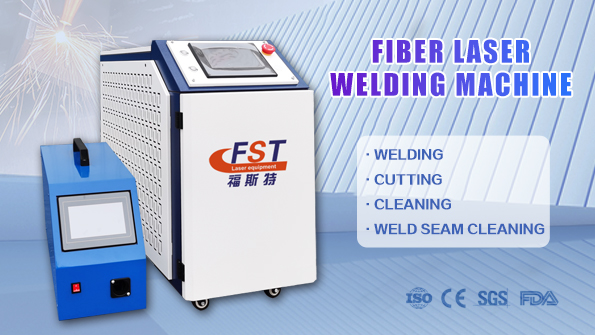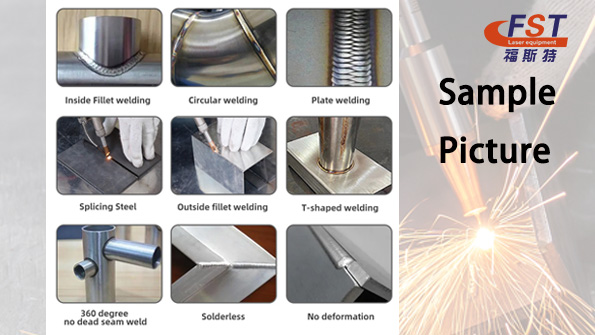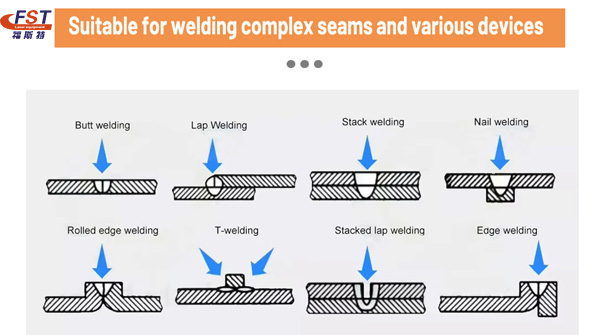In laser welding, the proper selection of shielding gas is one of the key factors that determine welding quality. Shielding gas not only improves the smoothness of the weld surface and minimizes oxidation caused by contact
between the molten pool and ambient air, but also significantly reduces lens contamination, protects the internal optical path of the welding machine, and extends equipment service life. Portable laser welding machine
results are closely tied to gas selection—this crucial step should never be overlooked.
Functions of Shielding Gas
First Prevention of Oxidation and Contamination: Isolates the molten pool and weld from air in the high-temperature welding environment, preventing oxidation and the absorption of impurities.
Second Improvement of Weld Formation: Reduces spatter and enhances weld smoothness, uniformity, and appearance.
Inert Atmosphere Protection: By creating an inert environment around the welding zone, shielding gas plays a pivotal role in:
Third Blocking Atmospheric Interference: Effectively prevents oxygen, nitrogen, and moisture in the air from reacting with the high-temperature molten pool, avoiding porosity, oxidation inclusions, and other
defects.
Fourth Protecting Equipment Components: Reduces spatter contamination on the welding gun lens, minimizes the risk of optical path degradation caused by oxidation or corrosion, and extends maintenance intervals.
Common Shielding Gas Recommendations
Argon
As the most widely used inert gas in welding, argon offers excellent chemical stability and arc-supporting capability. Its high density allows it to form a stable coverage layer over the molten pool, producing aesthetically
pleasing laser welds equipment. It is particularly suitable for welding oxidation-prone metals such as stainless steel, aluminum alloys, and titanium alloys.
Nitrogen
For materials such as mild steel and low-alloy steel, nitrogen is a cost-effective choice, offering moderate inertness and economic advantages. In some steels, it can improve surface hardness, but at high temperatures, it may
react with the base metal. Suitability should be assessed based on specific process requirements.
Helium
Helium excels in high-energy-density welding applications, such as welding copper and copper alloys. Its high thermal conductivity enables deeper penetration, overcoming the challenge posed by copper’s high heat
dissipation, while also reducing weld oxidation discoloration. Due to its high cost, helium is generally reserved for specific, high-demand applications.
Purity and Precautions
Gas Purity: Use high-purity gases (≥ 99.99%) to ensure stable welding performance and optimal weld quality. Even trace impurities can cause severe defects such as porosity and cracking.
Prohibited Gases: Mixed gases, carbon dioxide, and oxygen should be strictly avoided, as they can lead to weld oxidation, increased porosity, and even damage to the optical system.
Conclusion:
Selecting and applying the correct shielding gas not only enhances 4 in 1 laser welding machine appearance and strength but also reduces maintenance costs and prolongs equipment life. It is a critical factor in ensuring
high-efficiency, stable laserwelding operations.
Post time: Aug-15-2025





